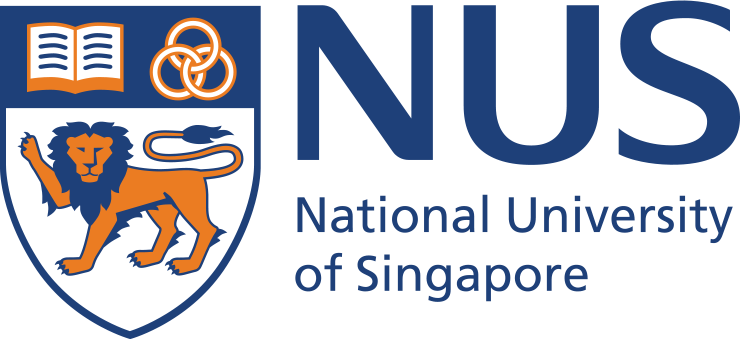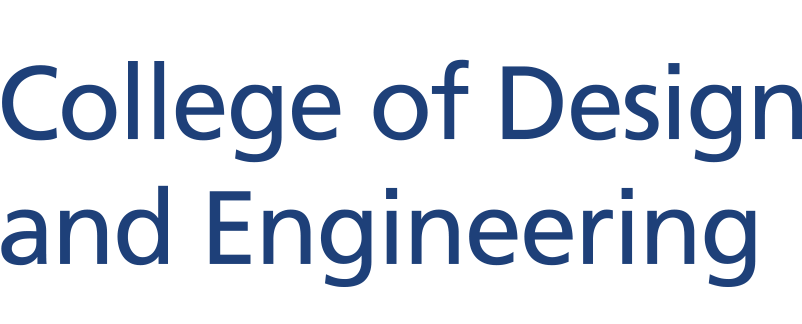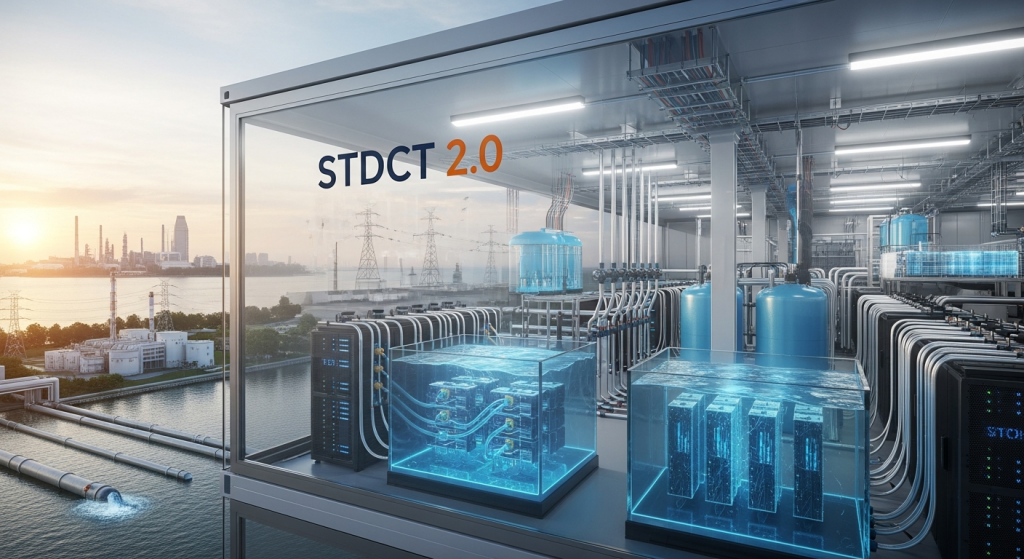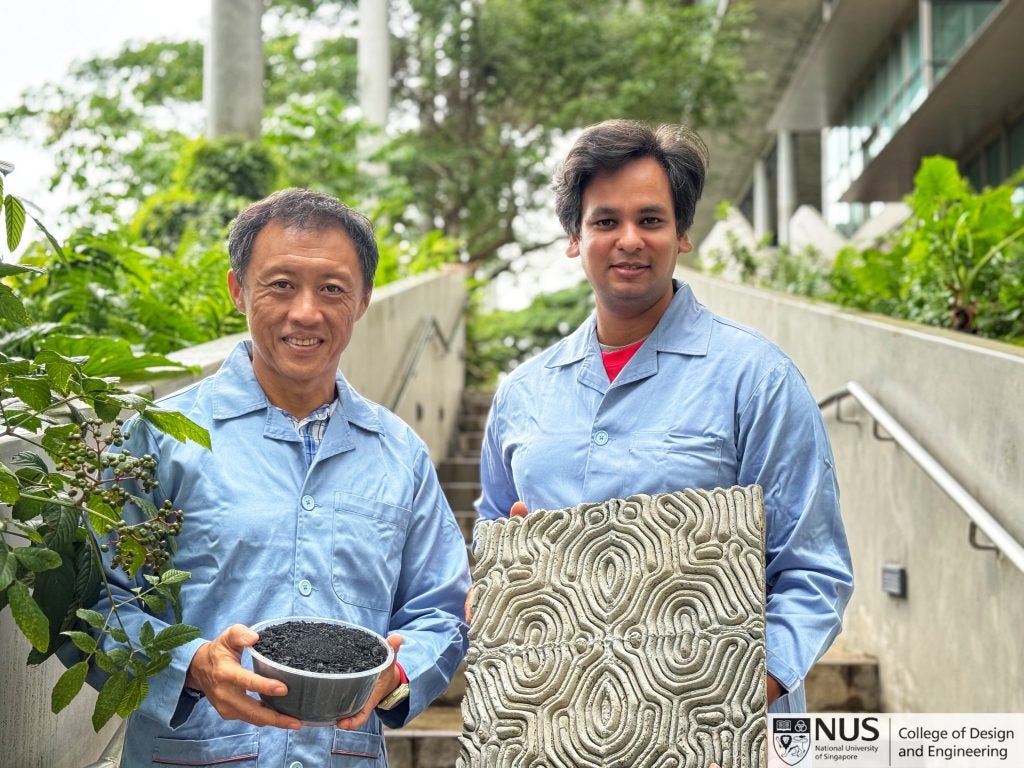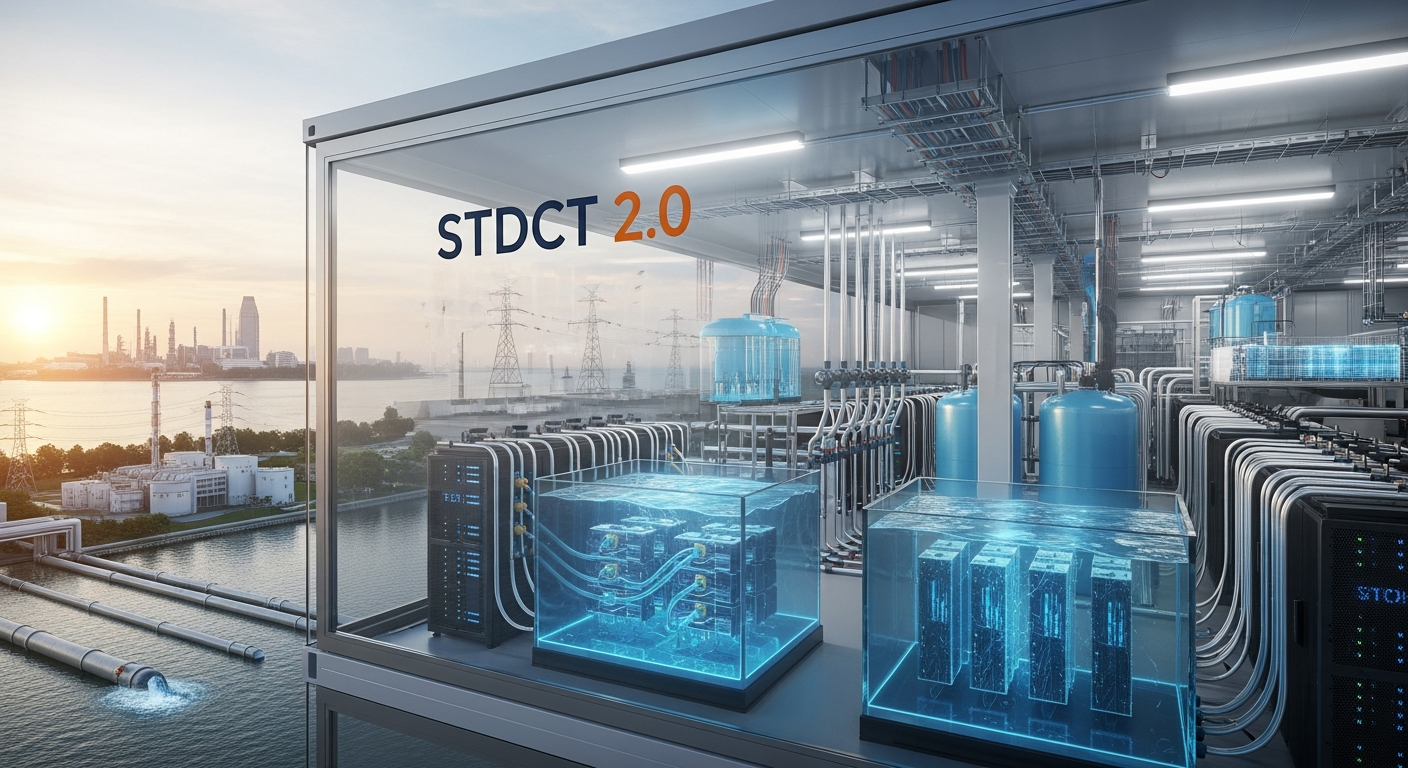
NUS and JTC have signed a memorandum of understanding (MoU) to explore the development of Phase 2 of the Sustainable Tropical Data Centre Testbed (STDCT 2.0) and a microgrid on Jurong Island.
Slated to begin in 2026, the development aims to test and build capabilities in industrial decarbonisation and sustainable digital infrastructure. It will be led from the NUS side by Professor Lee Poh Seng, Head of the Department of Mechanical Engineering, Co-Director of NUS Sustainable Futures in charge of the NUS Energy Solutions Hub (NESH), and Programme Director of the STDCT project.
The agreement was formalised during Jurong Island’s 25th anniversary dinner held on the evening of 24 November 2025 and attended by Singapore Deputy Prime Minister and Minister for Trade and Industry Gan Kim Yong.
Multi-megawatt facility
The proposed STDCT 2.0 facility will build on the success of the first-phase testbed, which launched in November 2023, hosted at CDE.
The new testbed will scale this up to a multi-megawatt pilot facility within a 20-hectare area on Jurong Island earmarked for Singapore’s largest low-carbon data centre park. The facility will allow researchers, operators and industry partners to test sustainable solutions for AI-intensive data centres operating in tropical conditions.
A hub for Singapore’s energy and chemicals industry, Jurong Island is already home to a range of upcoming low-carbon energy projects, including hydrogen-ready power plants, sustainable fuels, energy storage and carbon capture technologies. Locating STDCT 2.0 within this environment will enable integrated studies that link digital infrastructure with industrial decarbonisation efforts.
Looking ahead to this new phase of the STDCT project, Prof Lee said it aimed to treat Jurong Island as “one integrated opportunity”, using the industrial and energy developments there as “living labs to re-imagine how we design, power and cool AI-ready infrastructure in a hot, humid, resource-constrained setting.”
Prof Lee added: “I am proud to be spearheading STDCT 2.0 with JTC and colleagues across NUS, building a robust, open innovation platform for industry, agencies and researchers to co-create the next generation of AI-ready, low-carbon data centres.”

Testing and validation
Under the new STDCT 2.0 project, planned research areas include:
- Design and operation of AI-class, liquid-cooled data centres tailored for hot and humid climates.
- Novel cooling approaches, including direct-to-chip and immersion cooling, ultra-low-water concepts and seawater-based heat rejection.
- New power architectures, such as DC distribution, low-carbon generation options and hydrogen-compatible backup systems.
- Flexible grid-supporting operations, exploring how AI data centres can interact with hydrogen-ready power plants, low-carbon fuels, batteries and alternative energy sources on Jurong Island.
- Industrial symbiosis and waste-heat recovery, linking data centres with surrounding processes on the island.
The pilot facility will be heavily instrumented to allow rigorous testing and validation of new technologies at scale before being rolled out within the new Jurong Island data park, and ultimately to the industry as a whole.
‘Beacon of innovation’
The NUS-JTC collaboration also includes a strong talent development component, with plans to introduce specialised courses, training and internships to prepare engineers and operators for roles at the intersection of AI workloads, advanced cooling systems, microgrids and low-carbon power.
At the anniversary dinner, Deputy Prime Minister and Minister for Trade and Industry Gan Kim Yong emphasised the importance of enabling industry to test new ideas as Singapore positions itself for the green transition.
The STDCT 2.0 project was among six new partnerships signed at the event and witnessed by Mr Gan, which he said would transform Jurong Island into a “beacon of low-carbon innovation”.

